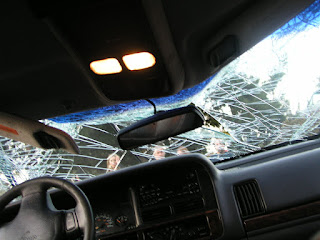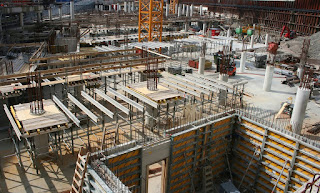When you consider the intersection of construction and the
environment, and what these two topics mean for California, a lot comes to
mind: For contractors, it could be solar panel installation, renewable building
materials or energy efficient upgrades. In terms of developers, they may be
affected to a larger extent by the state’s environmental laws. These laws are
aimed at protecting environmental resources, by examining the ecological
implications of commercial and residential developments. In California this is
accomplished in large part through CEQA, California Environmental Quality Act,
which requires that the government, at state and local level to be aware of how
construction projects will affect air quality, protected species, resources,
etc. and to take action to reduce any harmful effects. CEQA lawsuits can delay
projects for quite some time while environmental review is conducted. A flurry
of activity has recently arisen around CEQA, of which I will provide a brief
overview.
 CEQA has received much attention recently. The impact of the
law is often felt with larger construction projects, which could often be
transportation-oriented, as we’ve seen with the High
Speed Rail. The big news around CEQA most recently is Senate Bill 734,
which was introduced to extend a previous law passed five years ago. Passage of
the bill speeds
up environmental litigation for larger construction projects, as it
streamlines the manner by which California courts handle legal challenges faced
by these developments under CEQA. Projects,
under the law, which is known as the Jobs and Economic Improvement Through
Environmental Leadership Act, have to meet certain criteria including economic
factors, through a process that
this law also established. The bill,
which
just passed into law, could ease the environmental review process for
future construction projects, in addition to the handful of projects already
affected.
CEQA has received much attention recently. The impact of the
law is often felt with larger construction projects, which could often be
transportation-oriented, as we’ve seen with the High
Speed Rail. The big news around CEQA most recently is Senate Bill 734,
which was introduced to extend a previous law passed five years ago. Passage of
the bill speeds
up environmental litigation for larger construction projects, as it
streamlines the manner by which California courts handle legal challenges faced
by these developments under CEQA. Projects,
under the law, which is known as the Jobs and Economic Improvement Through
Environmental Leadership Act, have to meet certain criteria including economic
factors, through a process that
this law also established. The bill,
which
just passed into law, could ease the environmental review process for
future construction projects, in addition to the handful of projects already
affected.
Another way in which environmental review has come to the
forefront is with regard to Governor Brown’s sense of urgency towards building
affordable housing. The Governor’s “by-right” housing proposal required that
changes be made to environmental law that would help the developments move
faster. The changes affecting affordable
housing construction projects received a varied response, with some urging for
a more cautious approach and claiming that the governor’s actions could be
setting up future
housing development in the state to fall short of the standards to which
successful projects are currently held. Proposed legislation, which would have
allocated $400
million to affordable housing has now been shelved.
For quite some time now, Californians have been debating the
need and extent of reforming CEQA, with arguing that
the housing industry suffers due to the protracted process of environmental
review mandated by CEQA, and the potential for abuse, while others point to
evidence to the contrary. Some believe that the passage of laws such as the
aforementioned SB 734 may
have potential to initiate changes in how we approach environmental
oversight of the construction industry in the future. It’s understandable then
that anyone who is a member of the construction or housing industry in
California, particularly developers, as well as environmental protection
groups, and some others, probably pays close attention to any legal challenges
or modifications that can affect CEQA.












